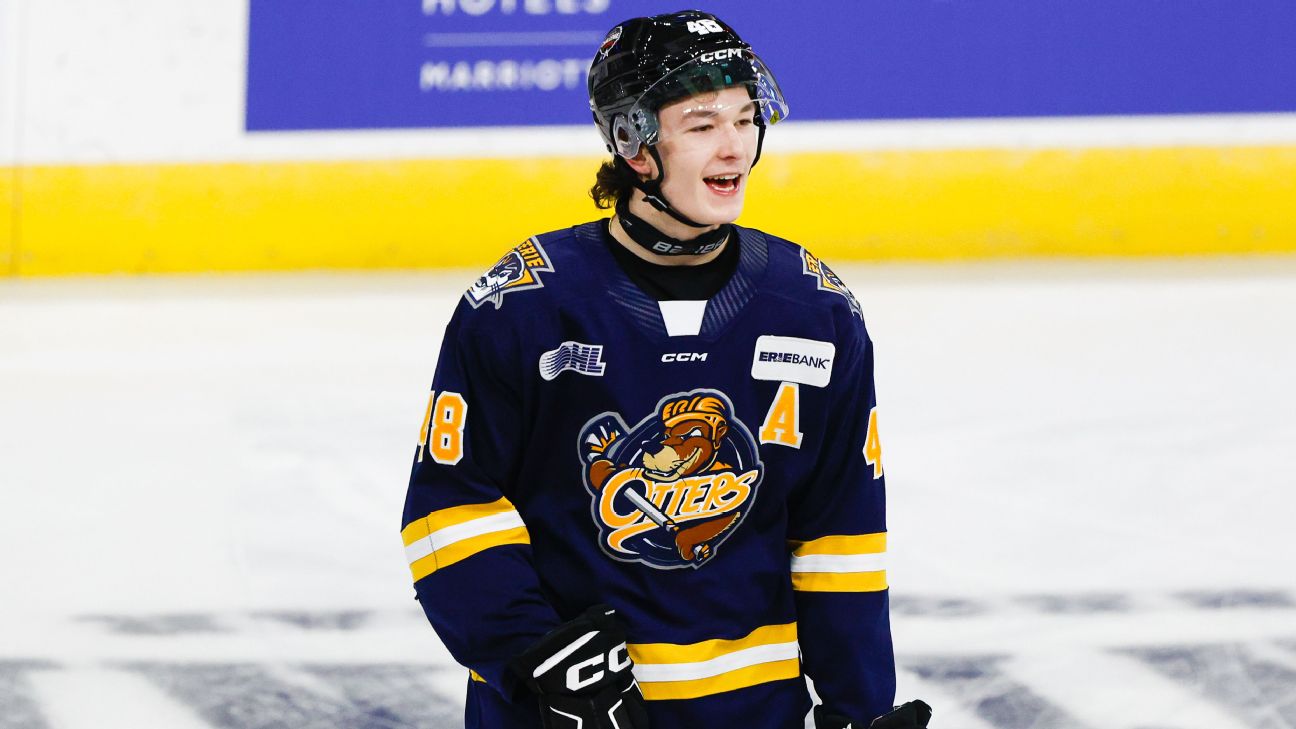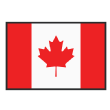2025 NHL draft big board: Ranking the top 64 prospects

The games are done for the top draft prospects; there is no hockey left to be played. A few players in the top 10 played until the last possible moment, making a lasting impression on scouts and executives at the Memorial Cup. With the combine taking place this week in Buffalo, New York, players will undergo physical testing and a rigorous interview process with interested teams. The combine allows teams to ask out-of-the-box questions, get a feel for the personalities of the players and, in some cases, understand the significance of injuries.
There is room for movement on the draft board because combine testing does impact model outputs. Furthermore, this list weighs scouting as 40% of the evaluation. The final ranking, which will be published June 23, will weigh scouting, projection, off-ice assessments and industry intel to varying degrees, which may see some players move up or down.
There are five parts of this set of rankings:
- The rank, which accounts for attributed value based on projection, the confidence of the projection and scouting.
- The NHL projection weighs the projection formula at 70% and scouting at 30%, and represents the most likely outcome for that player. The final edition of the rankings will include the player's NHL ceiling.
- The NHL floor uses the same formula and represents the worst outcome, above 10% probability of occurring. If a player has a 4% chance of never playing NHL games and an 11% chance of becoming a fourth-line winger or No. 7 defenseman, then those projections will be used for NHL floor. For some players in the draft, the floor is outside of the NHL, perhaps the AHL or KHL.
- Projection confidence is based solely on the projection formula and forms two parts: confidence and volatility. The confidence has four tiers: High, fair, medium and low. This represents that confidence the model has that the player will reach the NHL projection for 200 or more NHL games. The level of confidence impacts the value of the player and, therefore, their rank. High confidence is above 80%, fair is 60% to 79%, medium is 35% to 59% and low is below 35%. The volatility has four categories: Low, slight, medium and high. Volatility relates to the range of outcomes a player has in their career. A player with a low volatility means there is a smaller range of outcomes for the NHL career, whether that is a No. 1 defenseman to top-pair defenseman, or third-line center to bottom-six forward. A player with high volatility has a wide range of outcomes, with relatively even distributions over the NHL projection. It could be related to a number of factors: the league they play in, their scoring if they changed leagues, injuries or a significant uptick/downturn in play. Many of these players are considered "raw" in their development curve.
- Strengths are each player's standout abilities.
"Boom or bust" is an all-encompassing phrase with confidence and volatility. It means the player either hits their NHL projection or is unlikely to play 200 NHL games. The difference between a low-confidence/high-volatility projection and a boom-or-bust projection is simple: It means injuries played a role in the projection, and the sample size makes it difficult to confidently project the player's most likely outcome; or that the league in which the player plays does not have a successful history of producing NHL players.
One other consideration is the "Russian factor," where skilled Russians are more likely to return to Russia if they fail to hit their NHL projection.
Here is how the top 64 prospects line up according to my model:

1. Matthew Schaefer, D, Erie (OHL)


2. Michael Misa, F, Saginaw (OHL)


3. James Hagens, F, Boston College (NCAA)


4. Porter Martone, F, Brampton (OHL)


5. Caleb Desnoyers, F, Moncton (QMJHL)


6. Anton Frondell, F, Djurgardens (Allsvenskan)


7. Roger McQueen, F, Brandon (WHL)


8. Viktor Eklund, F, Djurgardens (Allsvenskan)


9. Jake O'Brien, F, Brantford (OHL)


10. Jackson Smith, D, Tri-City (WHL)


11. Brady Martin, F, Sault Ste. Marie (OHL)


12. Radim Mrtka, D, Seattle (WHL)


13. Carter Bear, F, Everett (WHL)


14. Justin Carbonneau, F, Blainville-Boisbriand (QMJHL)


15. Logan Hensler, D, Wisconsin (NCAA)


16. Lynden Lakovic, F, Moose Jaw (WHL)


17. Kashawn Aitcheson, D, Barrie (OHL)


18. Braeden Cootes, F, Seattle (WHL)


19. Cameron Schmidt, F, Vancouver (WHL)


20. Cole Reschny, F, Victoria (WHL)


21. Cameron Reid, D, Kitchener (OHL)


22. Cullen Potter, F, Arizona State (NCAA)
NHL projection: Top-six forward

Related Topics
- SPORTS
- ESPN
- CHICAGO BLACKHAWKS
- EDMONTON OILERS
- NEW JERSEY-DEVILS
- FINLAND FINLAND
- PHILADELPHIA FLYERS
- LOS ANGELES-KINGS
- MINNESOTA WILD
- TORONTO MAPLE-LEAFS
- VEGAS GOLDEN-KNIGHTS
- WASHINGTON CAPITALS
- EASTERN CONF-ALL-STARS
- TEAM CHARA
- PITTSBURGH PENGUINS
- WESTERN CONF-ALL-STARS
- NASHVILLE PREDATORS
- CAROLINA HURRICANES
- USA USA
- SEATTLE KRAKEN
- WINNIPEG JETS
- ANAHEIM DUCKS
- TEAM LIDSTROM
- SWEDEN SWEDEN
- ST LOUIS-BLUES
- NEW YORK-RANGERS
- COLORADO AVALANCHE
- BUFFALO SABRES
- OTTAWA SENATORS
- COLUMBUS BLUE-JACKETS
- SAN JOSE-SHARKS
- FLORIDA PANTHERS
- TEAM STAAL
- DETROIT RED-WINGS
- NEW YORK-ISLANDERS
- TEAM ALFREDSSON
- VANCOUVER CANUCKS
- NHL
- TEAM TOEWS
- TAMPA BAY-LIGHTNING
- BOSTON BRUINS
- DALLAS STARS
- MONTREAL CANADIENS
- UTAH HOCKEY-CLUB
- CALGARY FLAMES
- TEAM FOLIGNO
- CANADA CANADA







